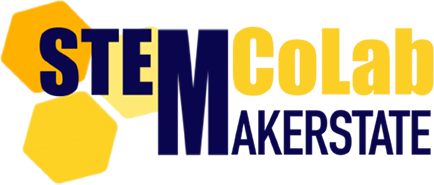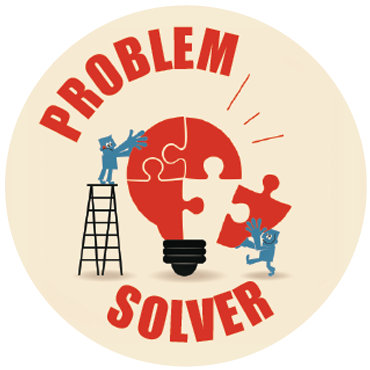Description:
In this challenge, we will use Scratch to create a simple simulation that demonstrates how the forces of lift and gravity act on a flying object. In doing so, we will program movement for a sprite similar to that of the bird in the video game flappy bird. Our programming will focus on using conditional statements and coordinate plane geometry to control the movement of sprites, and using variables to store values and influence different behaviors in the program.
Applicable NGSS Standards:
3-PS2: Motion and stability: Forces and Interactions
-
- Plan and conduct an investigation to provide evidence of the effects of balanced and unbalanced forces on the motion of an object.
- Make observations and/or measurements of an object’s motion to provide evidence that a pattern can be used to predict future motion.
5-PS2: Motion and Stability: Forces and Interactions
- Support an argument that the gravitational force exerted by Earth on objects is directed down.
Links to Challenge materials:
Lesson plan– Includes lesson overview page, design cycle instructions, prototype build instructions, and rubric.
Scratch project prototype– Test out the prototype, view the code and project settings.
Challenge report– Report to be sent home with students at the end of class.
Share your Prototype:
In order to verify your completion of this lesson and receive your PD/CTLE credit hours for this online PD, please a link to your Scratch prototype in the comments below— Make sure you SHARE your Scratch project before posting it. To redeem your credit hours, please follow the instructions here.





https://scratch.mit.edu/projects/292404276/editor